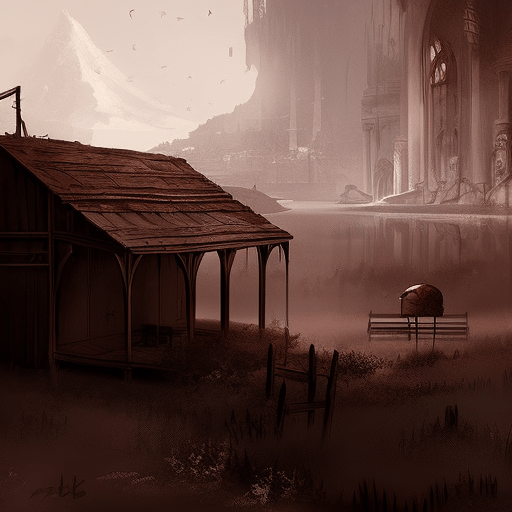The World of Yesterday: A Memoir of Vienna 1900
One-line summary: “The World of Yesterday” is a poignant memoir by Stefan Zweig that captures the vibrant cultural and intellectual life of Vienna before the devastation of World War I and the rise of Nazism.
In “The World of Yesterday: A Memoir of Vienna 1900,” Stefan Zweig takes readers on a nostalgic journey through the vibrant and intellectually rich Vienna of the early 20th century. Through his personal recollections, Zweig paints a vivid picture of a city that was the epicenter of art, culture, and intellectual discourse. However, as the world plunged into the chaos of World War I and the rise of Nazism, Vienna’s glory days came to an abrupt end. Zweig’s memoir serves as a poignant reminder of the fragility of civilization and the devastating impact of political upheaval.
The Golden Age of Vienna
Zweig begins his memoir by describing the golden age of Vienna, a time when the city was a melting pot of creativity and intellectual curiosity. He recounts his encounters with influential figures such as Sigmund Freud, Gustav Mahler, and Arthur Schnitzler, and reflects on the vibrant artistic and cultural scene that thrived in Vienna. Zweig’s vivid descriptions transport the reader to a time when Vienna was at the forefront of innovation and intellectual discourse.
The Impact of World War I
The outbreak of World War I marks a turning point in Zweig’s memoir. He vividly describes the initial enthusiasm and patriotic fervor that swept through Vienna, only to be shattered by the harsh realities of war. Zweig’s personal experiences as a pacifist and his disillusionment with the senseless violence and destruction of war are powerfully conveyed. The war not only claimed the lives of millions but also shattered the dreams and aspirations of an entire generation.
The Rise of Nazism and Zweig’s Exile
As the war came to an end, Vienna was no longer the vibrant city it once was. The rise of Nazism cast a dark shadow over the intellectual and cultural life of the city. Zweig, a Jew, found himself increasingly marginalized and persecuted. Faced with the threat of imprisonment and the loss of his beloved homeland, Zweig was forced into exile. He reflects on the pain of leaving behind everything he held dear and the sense of displacement that accompanied his new life as a refugee.
Zweig’s memoir serves as a powerful testament to the destructive force of political ideologies and the erosion of human values. It is a poignant reminder of the importance of preserving cultural heritage and the dangers of allowing intolerance and hatred to prevail.
Key takeaways from “The World of Yesterday”:
- The golden age of Vienna was a time of unparalleled creativity and intellectual curiosity.
- World War I shattered the dreams and aspirations of an entire generation.
- The rise of Nazism led to the persecution and exile of many intellectuals and artists.
- The memoir serves as a cautionary tale about the destructive force of political ideologies.
As Zweig reflects on his life and the world he once knew, he leaves readers with a memorable quote:
“Only he who has experienced dawn and dusk, war and peace, ascent and decline, only he has truly lived.” – Stefan Zweig
“The World of Yesterday” is a captivating memoir that offers a unique glimpse into a bygone era. Zweig’s eloquent prose and heartfelt reflections make this book a must-read for anyone interested in the history of Vienna, the impact of war, and the resilience of the human spirit.












